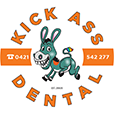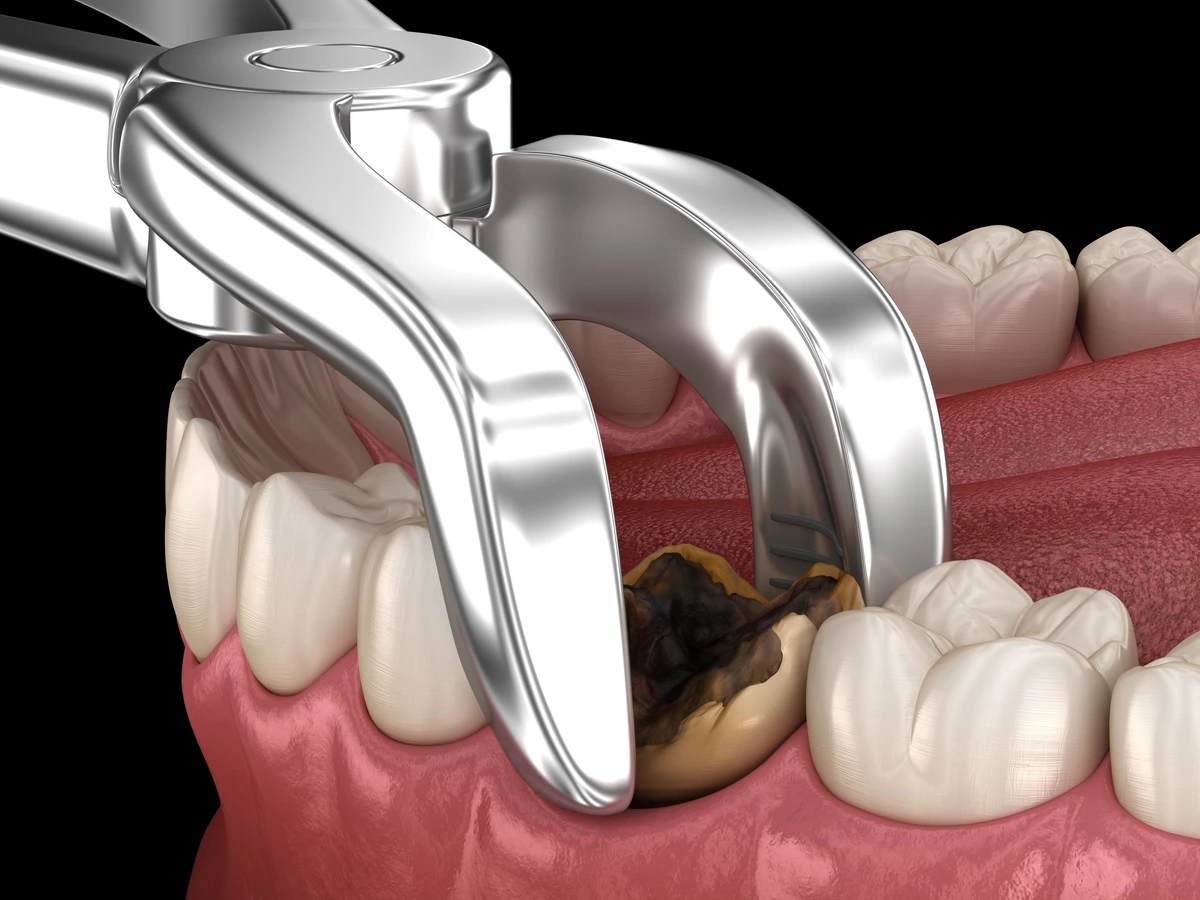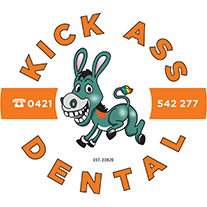Should Decayed Tooth be Removed? Exploring the Pros and Cons
Introduction
Tooth decay is a common dental problem that affects individuals of all ages. It occurs when the protective outer layer of the tooth, known as enamel, is eroded by acid-producing bacteria. If left untreated, tooth decay can lead to pain, infection, and potential tooth loss. However, the question often arises whether a decayed tooth should be removed or if there are other treatment options available. In this article, we will explore the pros and cons of removing decayed teeth, considering various factors such as severity of decay, potential complications, and alternative treatments.
Pros of Removing Decayed Teeth
1. Elimination of Pain and Infection
One of the primary reasons for removing a decayed tooth is to alleviate pain and prevent the spread of infection. When tooth decay reaches the inner layers of the tooth, it can lead to intense toothaches and sensitivity. Furthermore, bacteria can enter the pulp chamber, causing an infection known as an abscess. By removing the decayed tooth, the source of pain and infection is eliminated, promoting overall oral health.
2. Prevention of Further Damage
Decayed teeth can weaken the overall structure of the tooth, making it more susceptible to fractures or breaks. By removing a decayed tooth, the risk of further damage to neighboring teeth is reduced. Additionally, the removal of a severely decayed tooth can prevent the spread of decay to adjacent healthy teeth, preserving their integrity.
3. Improved Overall Oral Health
Maintaining good oral health is crucial for overall well-being. By removing a decayed tooth, oral health can be restored and preserved. Leaving a decayed tooth untreated can lead to oral complications such as gum disease, which has been linked to systemic health issues like heart disease and diabetes. Removing the decayed tooth can help prevent such complications and contribute to better overall oral health.
Cons of Removing Decayed Teeth
1. Loss of Natural Tooth
One of the main drawbacks of removing a decayed tooth is the permanent loss of a natural tooth. The extracted tooth would need to be replaced with a prosthetic option such as a dental implant, bridge, or denture. While these options can restore functionality and aesthetics, they may involve additional costs and procedures.
2. Potential for Adjacent Teeth Shifting
When a tooth is removed, the adjacent teeth may gradually shift into the gap created by the missing tooth. This can disrupt the alignment of the teeth and affect the bite, leading to further dental problems. To mitigate this risk, it is often recommended to consider tooth replacement options promptly after the removal of a decayed tooth.
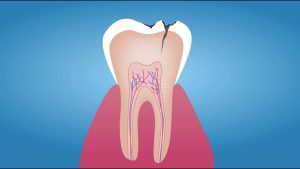
3. Anxiety and Aesthetic Concerns
For some individuals, the thought of having a tooth removed can cause anxiety or concern about their appearance. The gap left by the extracted tooth may affect their smile and self-confidence. However, advancements in dental technology have made it possible to replace missing teeth with natural-looking prosthetics, helping to alleviate these concerns.
Alternative Treatment Options
1. Dental Fillings or Inlays
In cases where the decay has not significantly affected the tooth’s structure, dental fillings or inlays can be used to restore the tooth’s functionality. These procedures involve removing the decayed portion of the tooth and filling the cavity with a tooth-colored material.
2. Dental Crowns
When tooth decay has extensively damaged a tooth but the root is still healthy, a dental crown can be a suitable alternative to tooth extraction. A dental crown is a custom-made cap that is placed over the damaged tooth, providing strength, protection, and restoring its appearance.
3. Root Canal Treatment
In cases where the decay has reached the tooth’s pulp, a root canal treatment may be recommended. This procedure involves removing the infected pulp, cleaning and disinfecting the root canal, and sealing it with a filling material. Root canal treatment can salvage the natural tooth and alleviate pain and infection.
4. Antibiotics and Medications
In certain situations, especially when an infection is present, antibiotics and medications may be prescribed. These can help control the infection and reduce pain temporarily. However, it is important to note that antibiotics alone cannot cure tooth decay and definitive dental treatment is still necessary.
Conclusion
The decision to remove a decayed tooth is a complex one that should be made in consultation with a dental professional. While the removal of a decayed tooth can offer relief from pain, prevent further damage, and improve overall oral health, it is essential to consider the potential drawbacks such as the loss of a natural tooth and the need for tooth replacement options. Alternative treatments like dental fillings, crowns, and root canal treatment may be suitable options depending on the severity of decay and the condition of the tooth. Ultimately, seeking timely dental care, practicing good oral hygiene, and regular dental check-ups are vital for preventing tooth decay and maintaining optimal oral health. For dental tooth decay removal see here.
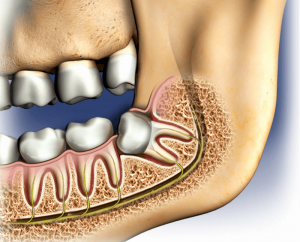
Remember, the information provided in this article is for educational purposes only and should not be considered as a substitute for professional dental advice. If you have concerns about a decayed tooth, it is recommended to consult with a qualified dentist to discuss your specific situation and determine the most appropriate course of action.
